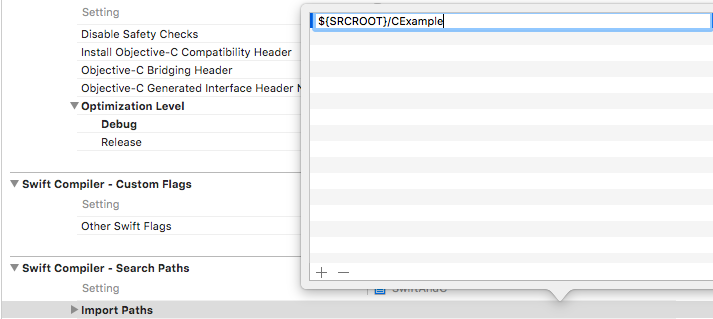

Xamarin.iOS is needed to bootstrap the application (meaning it must create the Main entry point). To do this, wrap the Objective-C code in a library and create a binding to it. However, you can still create the majority of your logic in Objective-C, including user interfaces. The main reason for this is the Mono runtime is also required in addition to the binding. There is currently no supported mechanism to create a library in C# using Xamarin.iOS that can be called from Objective-C.

Regardless of the approach however, whether it be binding or porting, some knowledge of both Objective-C and C# is necessary to effectively leverage existing Objective-C code with Xamarin.iOS. Also, if desired, code can be ported line-by-line to C# as well. To take advantage of Xamarin while maintaining existing Objective-C assets, the former can be exposed to C# in a technology from Xamarin known as bindings, which surface Objective-C code to the managed, C# world. Things such as web services, JSON and XML parsing, and custom algorithms can then be used in a cross-platform manner. IOS and macOS applications developed in Objective-C can benefit from Xamarin by leveraging C# in places where platform-specific code is not required, allowing such code to be used on non-Apple devices. This article serves as a short primer for Objective-C developers looking to move to Xamarin and the C# language. However, existing iOS applications may want to leverage Objective-C code that has already been created.

Xamarin.iOS allows platform-agnostic code written in C# to be shared across platforms.


 0 kommentar(er)
0 kommentar(er)
